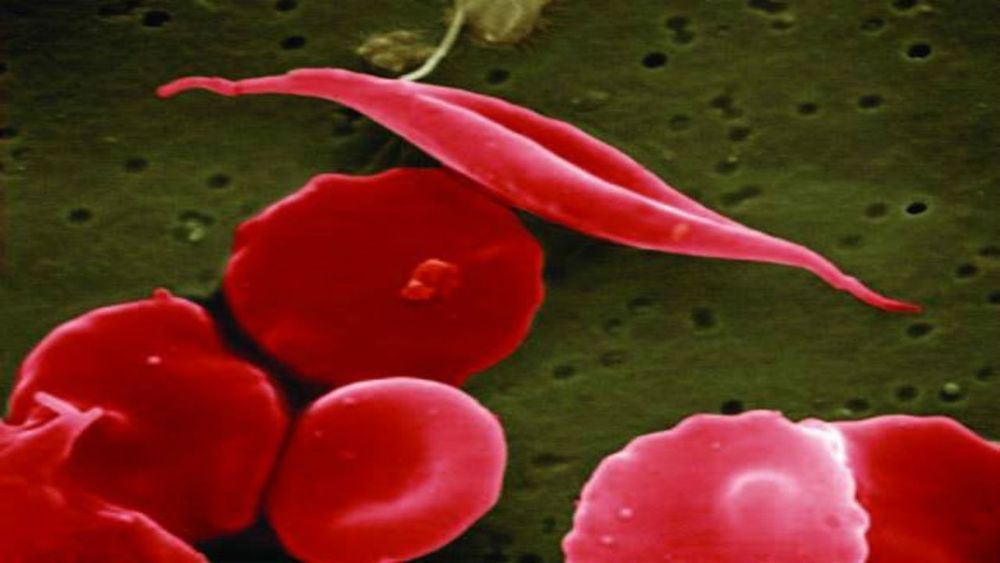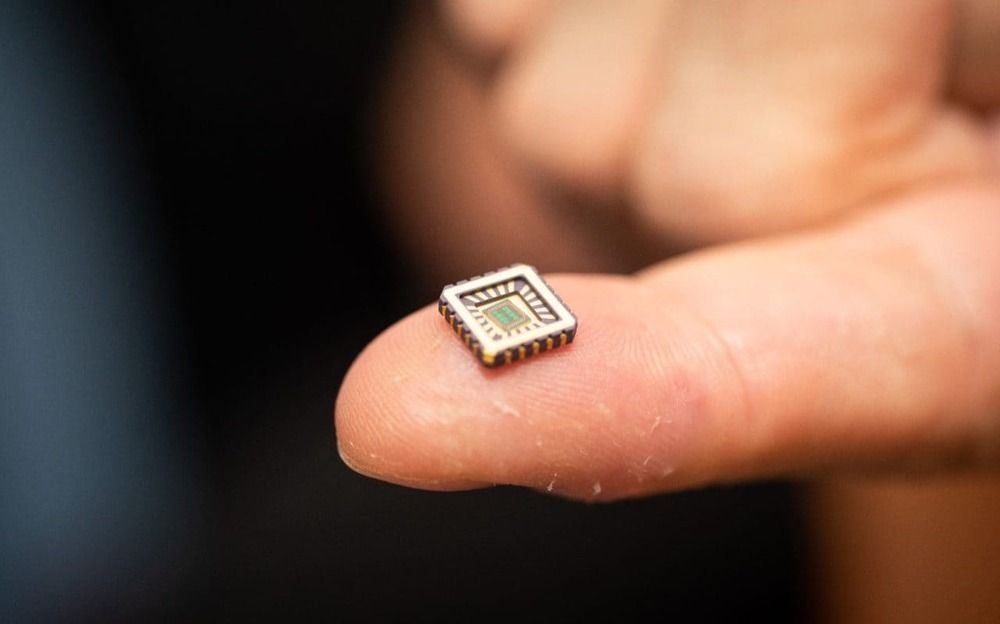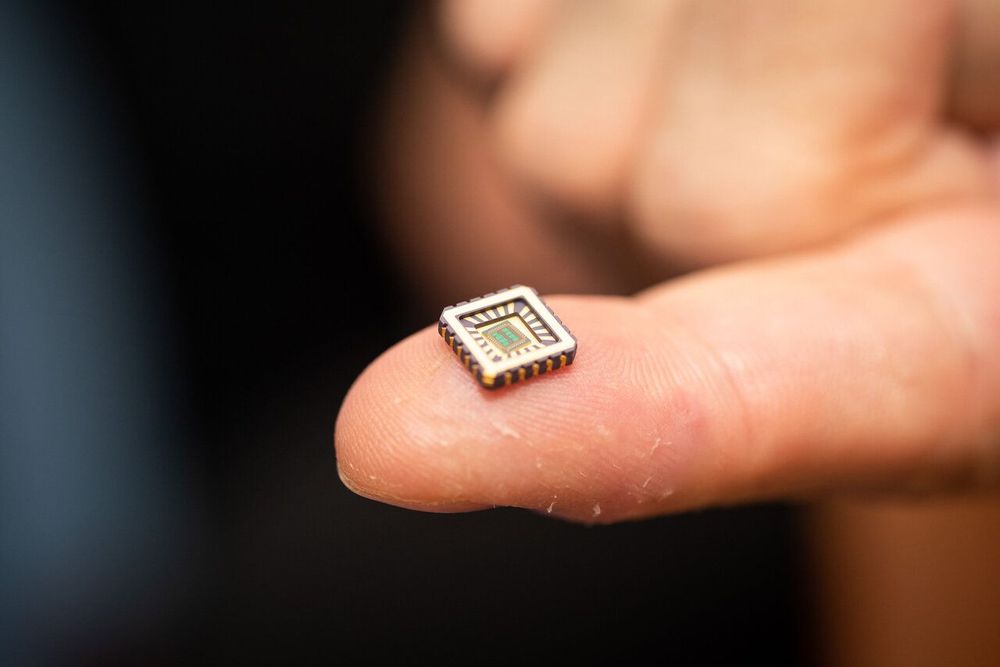Editing of hemoglobin gene leads two people with different conditions to no longer need regular blood transfusions.




The current Lambda CDM model may explain a great deal about the evolution and the chronology of the events that occurred in our Universe but it doesn’t paint the complete picture.
We know of the cosmic inflation that happened followed by the Big Bang itself however how these two are coherently connected has so far defied all our attempts to explain.
During the inflationary period, within less than a trillionth of a second, our universe grew from an infinitesimal point to an octillion (that’s 1 followed by 27 zeroes) times in size, which was followed by a more conventional and gradual period of expansion, nevertheless violent by our standards, which we know as the Big Bang.
LEO Aerospace is developing a “Rockoon” system that will provide commercial launch services for microsatellites, as well as a platforms for conducting everything from scientific research to emergency rescues.

Artificial neurons which could be implanted in the brain to repair the damage caused by Alzheimer’s disease or other neurodegenerative conditions, have been invented by scientists.
The electronic cells, developed by teams at the University of Bath and a team of international collaborators, sit on a silicon chip and mimic the responses of biological neurons when triggered by the nervous system.
Neurons are specialised cells which transmit nerve impulses, allowing parts of the body to communicate, and are the core components of the brain, spinal cord and nervous system. They are also present around the heart.

An École Polytechnique Fédérale de Lausanne (EPFL) Bachelor’s student has solved a mystery that has puzzled scientists for 100 years. He discovered why gas bubbles in narrow vertical tubes seem to remain stuck instead of rising upwards. According to his research and observations, an ultra-thin film of liquid forms around the bubble, preventing it from rising freely. And he found that, in fact, the bubbles are not stuck at all – they are just moving very, very slowly.
Air bubbles in a glass of water float freely up to the surface, and the mechanisms behind this are easily explained by the basic laws of science. However, the same laws of science cannot explain why air bubbles in a tube a few millimeters thick don’t rise the same way.
Physicists first observed this phenomenon nearly a century ago, but couldn’t come up with an explanation – in theory, the bubbles shouldn’t encounter any resistance unless the fluid is in motion; thus a stuck bubble should encounter no resistance.

More than 10,000 people are waiting for a lifesaving liver transplant.
The liver is one of the only organs that can be donated from a living person, and now, a new technique is making it easier than ever before to give the gift of life.
Nikko Velazquez, 29, watched helplessly as his girlfriend’s father, Abraham Aviv, 66, experienced end stage liver disease.

Artificial neurons on silicon chips that behave just like the real thing have been invented by scientists—a first-of-its-kind achievement with enormous scope for medical devices to cure chronic diseases, such as heart failure, Alzheimer’s, and other diseases of neuronal degeneration.
Critically the artificial neurons not only behave just like biological neurons but only need one billionth the power of a microprocessor, making them ideally suited for use in medical implants and other bio-electronic devices.
The research team, led by the University of Bath and including researchers from the Universities of Bristol, Zurich and Auckland, describe the artificial neurons in a study published in Nature Communications.

Without hardly noticing, we make countless decisions: to turn left or right on the bus? To wait or to accelerate? To look or to ignore? In the run-up to these decisions the brain evaluates sensory information and only then does it generate a behavior. For the first time, scientists at the Max Planck Institute of Neurobiology were able to follow such a decision-making process throughout an entire vertebrate brain. Their new approach shows how and where the zebrafish brain transforms the movement of the environment into a decision that causes the fish to swim in a specific direction.
Young zebrafish are tiny. Their brain is not much bigger than that of a fly and almost transparent. “We can therefore look into the entire brain and see what happens, for example, when a decision is made,” explains Elena Dragomir, who has done exactly this. “The first step was to find a behavioral paradigm that we could use to study decision making,” says Elena Dragomir. Other animal species, for example, are shown dots that move more or less in one direction. The animals can be trained to indicate their decision on the direction of the dots’ movement, and if it is correct, they receive a reward. The neurobiologists from Ruben Portugues’ group have now adapted this experimental setup for zebrafish. “The trick is that we use a reliable behavior called the optomotor response as a readout of the fish’s decision”.
If a fish drifts in a current, an image of the environment moves past its eyes. Fish will swim in the direction of the perceived optic flow to prevent drifting. Moving dots can trigger this optomotor response in the lab, and fish will turn either to the left or to right, depending on the direction of the moving dots. “We can also vary the difficulty of the decision, by changing the strength of the visual stimulus,” explains Ruben Portugues. “If a higher percentage of dots move in one direction, the fish will turn faster and more reliably to the correct direction.”
